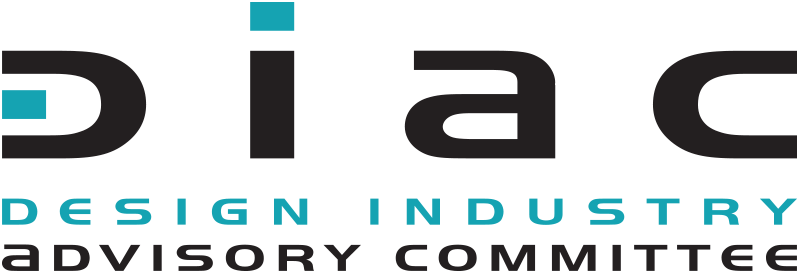DIAC’s Design Response to COVID-19 Call for Projects attracted a wide variety of submissions from designers of all disciplines. As we begin to share these projects, here are a number of Best Practices emerging from the submissions we have received so far. We will be exploring specific benefits of early involvement of designers in each of the projects we post.
Incremental change - Upgrading existing products or developing new ones to better address user needs in the pandemic.
Flexible Resilience - Responding to a volatile global crisis such as the pandemic, not with permanent infrastructure, but rather with flexible, transitional solutions that address short-term needs but can be economically adapted to long-term solutions as circumstances change.
Visualization - Imagining new products, services and environments to restore economic stability, improve our quality of life and keep us safe as we transition from the pandemic to post-pandemic realities. Through visualization design imagines the opportunity in concrete terms and engages all stakeholders in aspirational thinking about what is possible.
Holistic Approach - Designing for the details. A multi-faceted approach to adaptations in the workplace and in the public realm to ensure that solutions focus on the priority challenges and are implemented in efficient and cost-effective ways.
Community Engagement - Leveraging design strategies and design tools to engage the public and other key stakeholders in sharing resources and proposing plans that will be embraced and supported by all user groups.
Art + Science - Integrating public art with COVID-related facilities and embedding wit and humour in pandemic communications to reduce anxiety and support mental and emotional wellbeing.
Inclusivity - Sharing Open Source guidelines to ensure that adapted products, environments and communications meet the standards for universal and inclusive design.


